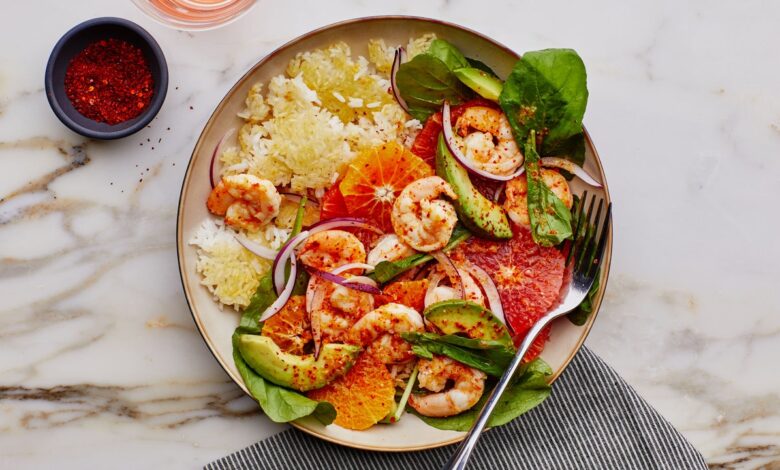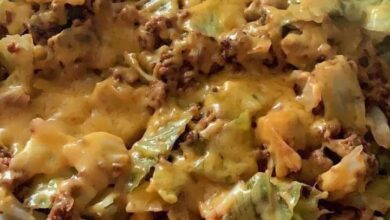
I’m not going to speculate why—probably something to do with being mostly indoors and having to find excitement where I can—but recently I’ve needed every meal to be a heavy-hitter. No mellow bites! I want acid! I want sweetness! I want crunch! The rate that I burn through hot sauce bottles would astonish a previous me. And while my rice cooker has always played a starring role at dinnertime, I’m no longer satisfied to eat the fluffy grains straight from the pot. Plain rice?! I’m asleep! On my table, it’s crispy rice or no rice.
Crispy rice is a global phenomenon, beloved across continents because it’s a textural marvel (and just plain tasty). Classically, when crispy rice is found at the bottom of Persian baked rice (where it’s known as tahdig) or at the bottom of paella (where it’s known as socarrat), it’s hard-earned, the result of cooking an amount of raw or par-cooked rice so that the base crisps against the pot or pan while the rest stays plump, creating a single layer of the extra-good stuff that’s worth fighting over. Making crispy rice this way takes care and practice—if the heat, time, and amount of liquid aren’t just right, you might get rice that’s overly scorched and dried-out or too wet to ever crisp.
Like an upside-down cake, it’s not the kind of thing you can check on along the way—the crispiness quotient is unknowable until the dish is done. And on a busy weeknight, I cannot deal with that kind of pressure.
How to make crispy rice, the laziest way:
When I want crispy rice—and ideally just the crispy rice—without putting in the work required of a more involved dish, I cheat. This lazy lady’s shortcut eliminates the need for precision and feeds my desire for dinner to be hot, fast, and punchy.
It begins with cooked rice, which for me means either what’s leftover in my rice cooker or yesterday’s takeout container. After heating a tablespoon or two of fat (I like olive oil, coconut oil, or a neutral oil like canola for this) in a nonstick pan until shimmering, you spread your rice to cover the cooking surface in a thin, even layer. How much rice you use depends on how big your pan is—I think it’s best when you don’t let the layer get thicker than 1″, which I’ve found means about three cups of cooked rice in a large skillet. Then, you let it be for 6–8 minutes, or until golden brown and cracklingly crisp underneath.
This process is foolproof because the rice is already cooked, so you don’t have to worry about the base layer frying too quickly before the rest of the rice is cooked through. You also are free to peek underneath your rice puck starting around 5 minutes in order to ensure the level of doneness meets your expectations. When I like the color and texture my rice has reached, I cut the heat and use a spatula to break the rice round apart in the pan into a few big pieces, then flip those onto plates so the golden brown side faces up. All that’s left is to top my perfect crunchy base however I please—sometimes that’s with a bright salad, a fried egg and a scoop of chili crisp, or a ladle-full of curry, dal, or saag.
A pan of all-crispy rice is like a marshmallows-only box of Lucky Charms: 100 percent the good part, like you’re getting away with something. And in many ways, you are! There’s nothing to fight over when it’s all the best, and you didn’t have to work too hard to get it.
How to make crispy rice, the more involved way:
Okay, but say you’re interested in pairing crispy rice with fluffy grains. Or you’re working with more rice than will fit into a 1″ layer in your pan. Or you’re more energetic than I come 7 PM. In those scenarios, you might consider this slightly more high-maintenance method from Andy Baraghani (who certainly knows his way around a golden grain).





